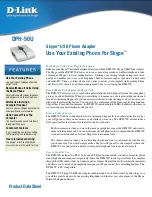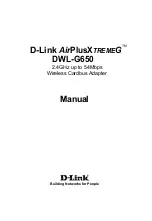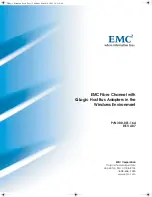
9
Features and Main Functions
Section 1-1
• Y CPU Units
Along with pulse outputs for two axes at 100 kHz maximum, dedicated
pulse output terminals for two axes at 1 MHz are provided as standard
features. (See note.)
High-speed, high-precision positioning by linear servomotor, direct drive
motor, etc., is enabled using 1-MHz pulses.
Note
The instruction used to control each output point determines
whether it is used as a normal output, pulse output, or PWM output.
Full Complement of Pulse
Output Functions (All
Models)
Select CW/CCW Pulse Outputs or Pulse Plus Direction Outputs for the
Pulse Outputs
The pulse outputs can be selected to match the pulse input specifications of
the motor driver.
Easy Positioning with Absolute Coordinate System Using Automatic
Direction Setting
For operations in an absolute coordinate system (i.e., when the origin is
established or when the PV is changed by the INI instruction), the CW/CCW
direction can be automatically set when PULSE OUTPUT instructions are
executed according to whether the specified number of output pulses is more
or less than the pulse output PV.
Triangular Control
If the amount of output pulses required for acceleration and deceleration (the
target frequency times the time to reach the target frequency) exceeds the
preset target number of output pulses during positioning (when the ACC
instruction in independent mode or the PLS2 instruction is executed), the
acceleration and deceleration will be shortened and triangular control will be
executed instead of trapezoidal control. In other words, the trapezoidal pulse
output will be eliminated, with no period of constant speed.
Target Position Changes during Positioning (Multiple Start)
While positioning using a PULSE OUTPUT (PLS2) instruction is in progress,
the target position, target speed, acceleration rate, and deceleration rate can
be changed by executing another PLS2 instruction.
Positioning Changes during Speed Control (Interrupt Feeding)
While speed control in continuous mode is in effect, it is possible to change to
positioning in independent mode by executing a PULSE OUTPUT (PLS2)
instruction. By this means, interrupt feeding (moving a specified amount) can
be executed under specified conditions.
2 pulse outputs
100 kHz
2 pulse outputs
1 MHz
8 built-in I/O points
(Functions assigned)
Dedicated pulse
outputs
Summary of Contents for Sysmac CP1H
Page 2: ......
Page 3: ...CP1H X40D CP1H XA40D CP1H Y20DT D CP1H CPU Unit Operation Manual Revised October 2014...
Page 4: ...iv...
Page 10: ...x...
Page 18: ...xviii...
Page 22: ...xxii...
Page 34: ...xxxiv Conformance to EC Directives 6...
Page 76: ...42 Function Blocks Section 1 5...
Page 176: ...142 CP series Expansion I O Unit Wiring Section 3 6...
Page 372: ...338 Analog I O XA CPU Units Section 5 5...
Page 578: ...544 Trouble Shooting Section 8 7...
Page 622: ...588 Sample Application Section 9 12 Network Settings Network Tab Network Settings Driver Tab...
Page 668: ...634 Standard Models Appendix A...
Page 744: ...710 Auxiliary Area Allocations by Address Appendix D...
Page 771: ...737 Connections to Serial Communications Option Boards Appendix F Connecting to Unit...
Page 772: ...738 Connections to Serial Communications Option Boards Appendix F...
Page 800: ...766 Specifications for External Power Supply Expansion Appendix H...
Page 806: ...772 Index W Work Area 165 work bits 165 work words 165 write protection 379...
Page 808: ...774 Revision History...
Page 809: ......
















































